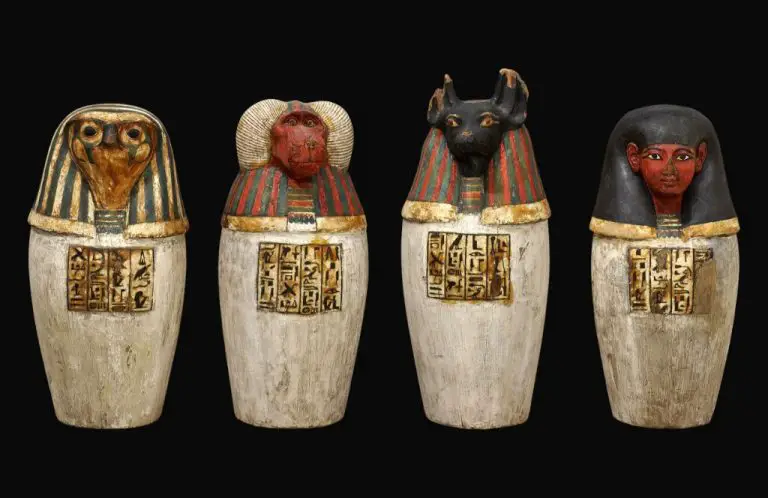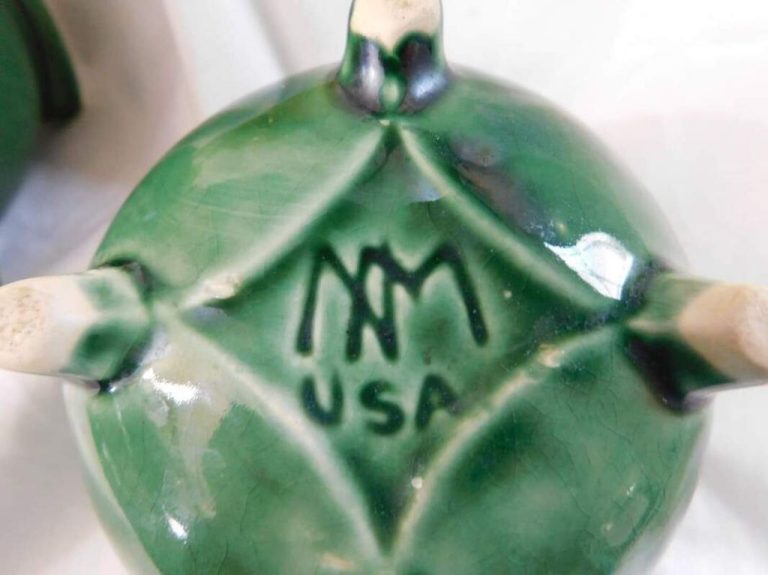What Is A Cheap Alternative To Fire Bricks?
Fire bricks, also known as refractory bricks, are made from materials that can withstand extremely high temperatures, like those in furnaces and fireplaces. They are primarily used to line kilns, fireboxes, fireplaces, furnaces, and other high-heat environments to protect surrounding structures. Fire bricks can withstand repeated heating and cooling, providing an insulating barrier between heat sources and combustible materials.
Fire bricks are relatively expensive compared to typical clay bricks or concrete blocks. A single 9” x 4.5” x 2.5” fire brick can cost $5 or more. Lining a typical fireplace or pizza oven requires 200 bricks or more, so materials alone can cost over $1,000. This high price is due to the specialized materials and manufacturing process required.
With the high cost of fire bricks, many people look for cheaper alternatives that can provide the heat resistance and durability needed in high-temperature applications. Although no substitute offers the same level of performance as true fire brick, several options exist at a fraction of the price.
Cinder Blocks
Cinder blocks, also known as concrete masonry units or CMUs, are a common building material made from concrete and aggregates like gravel or stone. They offer an inexpensive and readily available alternative to traditional firebricks.
Using cinder blocks in fireplace and stove construction is somewhat controversial. Some claim they can explode from the heat, but this mainly happens if there is moisture trapped inside the blocks [1]. Properly cured cinder blocks have low moisture content and can withstand high temperatures. The concrete and gravel aggregate has good insulating properties.
On the downside, the rough surface of cinder blocks can be damaged by heat and flame. They tend to crack and spall over time with thermal stress. Proper curing and heating the blocks gradually can help improve durability.
Cinder blocks cost less than $1 per block, making them very affordable. They can be found at any hardware store or home improvement center. Look for solid, dense blocks without large pores or gaps, and allow blocks to fully cure and dry out before using in a stove or fireplace.
Bricks
Regular bricks, often called common bricks, are a popular building material made from clay or shale that is heated in a kiln. They have some potential to be used as a cheaper alternative to firebricks (source).
The main advantages of using regular bricks are that they are widely available and low cost. They can often be locally sourced at building supply stores or salvaged from construction sites. Standard bricks are also fairly durable and heat resistant (source).
However, regular bricks have some downsides as well. They are more porous and less dense than true firebricks, so they deteriorate faster under high heat. They may crack or explode when subjected to extreme temperatures. Regular bricks also conduct heat less effectively. For best results, fire bricks should be used for the inner firebox walls, while regular bricks can potentially make up the rest of the forge structure.
With some compromise on performance, common bricks can be a budget-friendly substitute in lower temperature areas of DIY forges and furnaces. Just take precautions, monitor their condition, and be prepared to replace them more often.
Ceramic Floor Tiles
Ceramic floor tiles are a common alternative to traditional fire bricks. Ceramic tiles are readily available at most hardware stores and can be cut to size easily to line a forge or oven.
The main pros of using ceramic tiles are that they are inexpensive, easy to source, and simple to cut and shape as needed. The tiles can withstand high heat, with a melting point over 2,000°F (1,093°C).
However, ceramic floor tiles have some downsides as well. The tiles may crack or explode from thermal shock if heated or cooled too quickly. The glaze may also contain lead or other heavy metals. In addition, the tiles do not insulate as well as traditional fire bricks, so more fuel may be required.
When sourcing ceramic tiles, plain white tiles work best. Avoid tiles with a decorative glass glaze, as they may crack under high heat. Adhesive rated for high temperatures, such as heat-resistant tile mortar, is recommended.
Ceramic floor tiles typically cost $1-2 per square foot, making them an affordable substitute compared to fire bricks costing $5 or more per brick.
Vermiculite
Vermiculite is a natural insulating material composed of mica that has been heated and expanded to create pore spaces within the mineral. It is lightweight and absorbs water and nutrients (https://sciencing.com/alternatives-firebrick-8529239.html). As an alternative to fire bricks, vermiculite has some notable pros and cons:
Pros of using vermiculite:
- It’s an excellent insulator that can withstand high temperatures.
- Vermiculite is lightweight and easy to work with.
- It’s more affordable than traditional firebricks.
Cons of using vermiculite:
- It’s less durable than firebricks.
- Vermiculite insulation breaks down faster from repeated heating and cooling.
- It may contain traces of asbestos depending on the source (asbestos-free vermiculite is available).
Vermiculite can be purchased pre-packaged as insulation boards or in loose bulk form. Prices range from $15-30 for a 4 cubic foot bag. It’s commonly available at home improvement stores, garden centers, or online retailers selling insulation materials (https://www.woodsmokeforum.uk/topic/3346-cheap-alternative-to-fire-bricks/). When working with vermiculite, proper respiratory protection is recommended to avoid inhaling dust.
Perlite
Perlite is a form of volcanic glass that is naturally occurring. It is expanded when heated in a furnace, causing it to puff up like popcorn. This gives it excellent insulating properties.
Perlite can serve as an effective and affordable alternative to traditional firebricks. When mixed with a binder like refractory cement, it forms a lightweight and heat resistant material for lining kilns, forges, and fireplaces. Unlike rigid firebricks, a perlite mixture is easy to mold into any shape.
Some of the key advantages of using perlite as a firebrick alternative include:
- Low cost and widely available.
- Lightweight and easy to shape.
- Excellent insulation value.
- Can withstand temperatures up to 1800°F.
Downsides to consider:
- Less durable than rigid firebricks.
- Shrinks over time as the binder burns out.
- Can be dusty/messy to work with.
Perlite is inexpensive and can be found at most building supply stores, averaging $15-20 for a 50 liter bag. With the addition of refractory cement binder, it creates an affordable, DIY solution for small scale kilns or forges.
Kaowool
Kaowool is a type of ceramic fiber insulation that is made from high-purity alumino-silicate fibers. It has a high melting point of 3000°F, which makes it suitable for high temperature applications like furnaces, fireplaces, kilns and wood stoves
Kaowool is most commonly sold in flat blankets that can be wrapped around structures like fireboxes to provide insulation. The soft, flexible nature of kaowool blankets allows them to be shaped and molded. When exposed to high heat, kaowool will become rigid and board-like.[1]
Some key benefits of using kaowool as a fire brick alternative include:
– Withstands temperatures up to 3000°F
– Lightweight and flexible for easy installation
– Available in blankets for wrapping complex shapes
– Turns rigid at high temperatures to hold its form
– Low thermal conductivity provides good insulating properties
Potential downsides to using kaowool include:
– Generates dust when cutting that can be an irritant if inhaled
– Blankets don’t have the load bearing strength of solid bricks
– Shrinks over time with repeated heating cycles
Kaowool blankets can be purchased from specialty insulation suppliers, either online or in some larger cities. Prices may range from $1-4 per square foot depending on the thickness and density of the blanket material.
Common Brick and Mud
Making your own firebricks from common bricks and mud is a simple DIY project that can save money. The basic recipe is a mud slurry made from clay, sand, and water that is used to coat regular bricks. According to this source, a good recipe is a mix of 50% clay and 50% sand with enough water to make a spreadable consistency.
The main advantage of homemade mud and brick firebricks is that the materials are very affordable and easy to source. Regular bricks can often be found for free or cheap from construction sites or leftovers. The other ingredients are also low cost. This makes it a great budget option compared to buying premade firebricks.
On the downside, these DIY firebricks take more time and effort to construct. Each brick needs to be individually coated in the mud slurry and allowed to fully dry before use. The homemade bricks are also not as durable or long-lasting as commercial firebricks designed for high heat applications. The bricks can crack and deteriorate faster. However, they can be remade cheaply when needed.
Comparing the Options
When looking for a cheap alternative to fire bricks, there are several factors to consider in comparing the different options:
| Material | Cost | Availability | Insulation Ability |
|---|---|---|---|
| Cinder Blocks | Cheap | Readily Available | Poor |
| Bricks | Cheap to Moderate | Readily Available | Poor |
| Ceramic Floor Tiles | Moderate | Readily Available | Good |
| Vermiculite | Cheap | Available | Excellent |
| Perlite | Cheap | Available | Excellent |
| Kaowool | Moderate | Specialized Stores | Excellent |
| Common Brick and Mud | Very Cheap | Readily Available | Good |
As you can see, materials like cinder blocks and regular bricks are very cheap and easy to find, but don’t offer great insulation. On the other hand, vermiculite, perlite and kaowool provide excellent insulation, but can be more expensive and harder to source. Ceramic floor tiles and mud-brick strike a balance of affordability, availability and performance.
Recommendation
When considering the best cheap alternative to firebricks, kaowool is likely the top choice. Kaowool is made of spun ceramic fibers designed to withstand high temperatures, making it an ideal firebrick substitute in many applications.
Compared to the other options, kaowool offers several advantages:
- Withstands temperatures up to 2300°F, higher than traditional firebricks
- Very lightweight and easy to cut and shape as needed
- Relatively low cost and readily available
- Insulates well to retain heat
The main downside is that kaowool requires a high temperature coating or encasement for long term durability. But this is a small tradeoff for the performance and affordability it provides.
Overall, kaowool brings the best balance of heat resistance, insulation, convenience, and value. It’s an inexpensive, high-quality solution that surpasses regular firebricks for many high heat applications.



